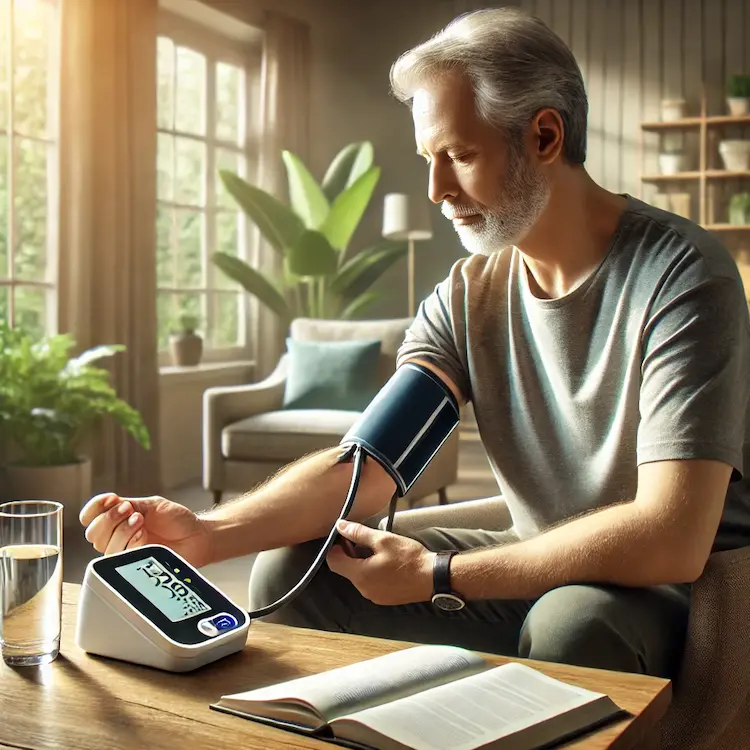Hypertension, or high blood pressure, is a major global health concern. It affects millions of people and significantly increases the risk of heart disease, stroke, and kidney failure. Effective management of hypertension requires regular monitoring, which is where sphygmomanometers play a crucial role. These devices provide accurate blood pressure readings, allowing individuals and healthcare professionals to take timely action. This article explores the importance of sphygmomanometer for hypertension management, their impact on health and society, comparisons of different types, and practical advice for selecting and using them effectively.
Importance of Sphygmomanometers in Hypertension Management
sphygmomanometer for hypertension management are essential tools for diagnosing, monitoring, and managing hypertension. Without regular blood pressure checks, many people remain unaware of their condition until complications arise. Hypertension is often called the “silent killer” because it can progress without noticeable symptoms. Regular monitoring with a sphygmomanometer helps detect abnormal blood pressure early, allowing for timely intervention.

Benefits of Regular Blood Pressure Monitoring:
- Early Detection: Identifies high blood pressure before complications develop.
- Prevention of Cardiovascular Diseases: Helps reduce risks of heart attacks, strokes, and heart failure.
- Medication Management: Ensures prescribed treatments are effective and adjusted when necessary.
- Lifestyle Adjustments: Provides insights into how diet, exercise, and stress affect blood pressure.
- Personal Health Awareness: Encourages proactive self-care and better adherence to treatment plans.
Health and Societal Impacts of Hypertension
Hypertension affects not only individuals but also society as a whole. It contributes to significant healthcare costs and lost productivity due to complications and related diseases.
Key Statistics:
- According to the World Health Organization (WHO), over 1.28 billion adults worldwide have hypertension, but only 42% are diagnosed and treated.
- American Heart Association (AHA) reports that nearly half of U.S. adults have high blood pressure.
- Hypertension-related diseases account for approximately 7.5 million deaths annually (12.8% of all deaths globally).
The economic burden of hypertension is substantial. Increased hospital admissions, medication costs, and loss of workforce productivity place a strain on healthcare systems. Regular blood pressure monitoring reduces these costs by preventing severe complications.
Comparing Different Types of Sphygmomanometers
There are various types of sphygmomanometer for hypertension management available, each with unique advantages and limitations. Below is a comparison of the most commonly used ones:
| Type of Sphygmomanometer |
Features |
Pros |
Cons |
| Mercury Sphygmomanometer |
Uses a column of mercury for measurement |
Highly accurate, long-lasting |
Bulky, mercury toxicity risk |
| Aneroid Sphygmomanometer |
Mechanical dial with air pressure measurement |
Portable, no mercury, affordable |
Requires calibration, prone to errors |
| Digital Sphygmomanometer |
Electronic sensor-based readings, automatic inflation |
Easy to use, convenient, no training required |
Can be less accurate if not positioned correctly |
Choosing the Right Sphygmomanometer
- For home use: Digital models are best due to ease of use.
- For medical professionals: Mercury or aneroid sphygmomanometers provide higher accuracy.
- For elderly or visually impaired individuals: Large-display digital monitors with voice guidance are ideal.

Practical Advice for Blood Pressure Monitoring
How to Take an Accurate Reading
To ensure accurate measurements, follow these steps:
- Sit in a relaxed position with your back supported.
- Keep feet flat on the floor and avoid crossing legs.
- Rest for at least 5 minutes before measuring.
- Place the cuff at heart level and ensure it fits snugly.
- Avoid talking, drinking caffeine, or smoking 30 minutes before measurement.
Common Mistakes to Avoid
- Using the wrong cuff size: An improperly sized cuff gives inaccurate readings.
- Taking readings at different times daily: Maintain a consistent schedule.
- Ignoring multiple readings: Blood pressure can fluctuate, so take 2-3 readings and calculate the average.
When to See a Doctor
Seek medical advice if:
- Blood pressure consistently reads above 140/90 mmHg.
- There are sudden spikes in blood pressure.
- Symptoms like severe headaches, dizziness, or chest pain occur.
Role of Sphygmomanometers in Future Healthcare
Advancements in medical technology are improving hypertension monitoring. Smart sphygmomanometers with Bluetooth connectivity and AI-powered analytics allow real-time tracking and automatic alerts. Wearable devices with continuous monitoring capabilities are also emerging, enabling proactive hypertension management.
Future developments include:
- Cloud-based health tracking: Enables remote monitoring by doctors.
- AI-driven diagnostics: Helps detect patterns in blood pressure variations.
- Portable and wearable devices: Enhancing accessibility and convenience.
Conclusion
Sphygmomanometers are indispensable in the fight against hypertension. Their role in early detection, monitoring, and prevention helps reduce serious health risks and improve quality of life. Choosing the right device and using it correctly ensures accurate readings, empowering individuals to manage their blood pressure effectively. With technological advancements, blood pressure monitoring is becoming more accessible, making hypertension management easier and more efficient.
Key Takeaways
- Regular blood pressure monitoring is crucial for preventing heart disease and stroke.
- Sphygmomanometers provide accurate readings for early hypertension detection.
- Digital models are best for home use, while mercury/aneroid types suit medical professionals.
- Proper measurement techniques improve accuracy and ensure reliable results.
- Future innovations in smart devices will enhance hypertension management.
Actionable Recommendations
- Check your blood pressure regularly, at least twice a day if you have hypertension.
- Choose the right sphygmomanometer based on accuracy and convenience.
- Maintain a healthy lifestyle with a balanced diet, regular exercise, and stress management.
- Consult a doctor if your readings consistently exceed 140/90 mmHg.
- Stay updated on new technologies that improve hypertension monitoring.

